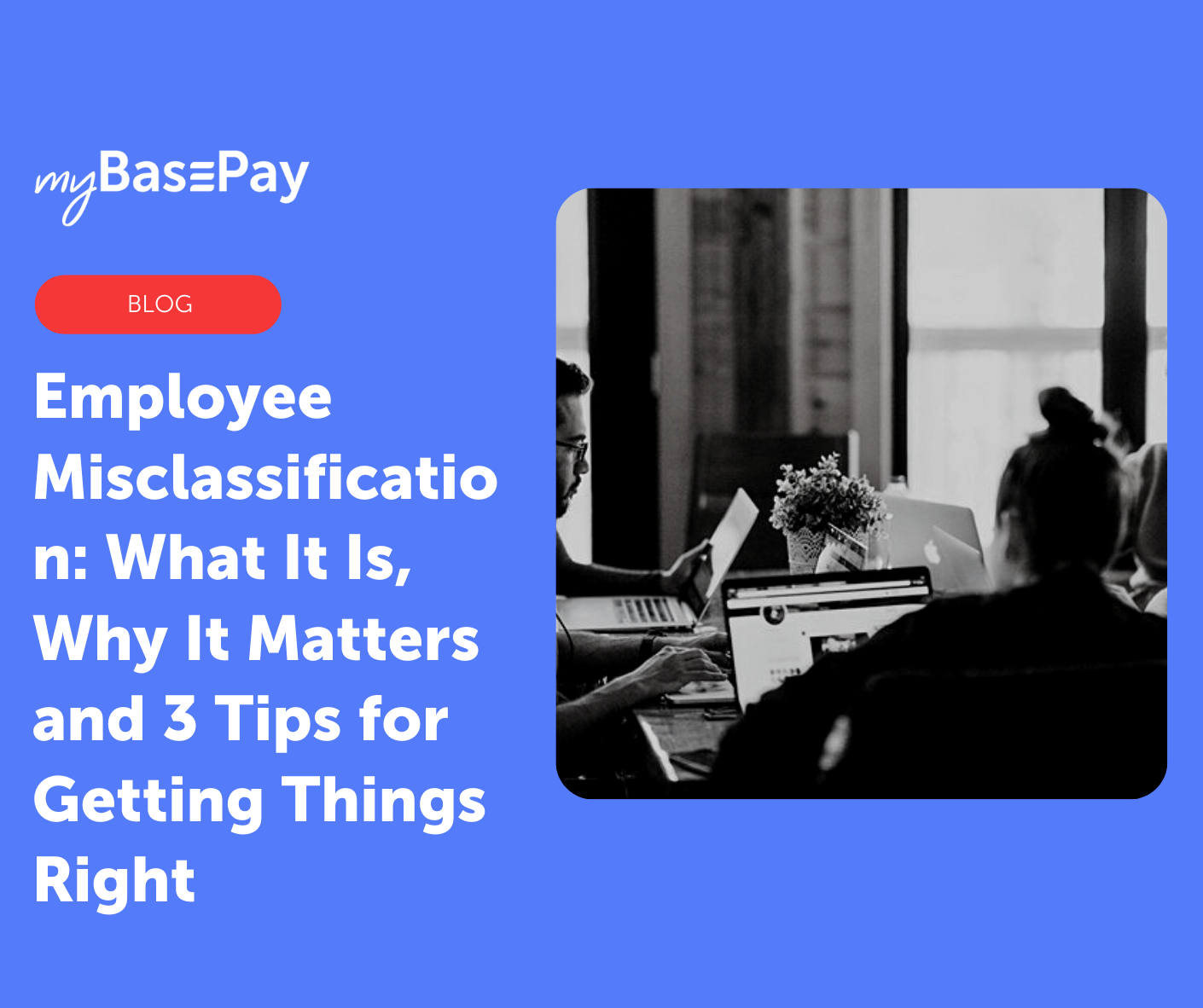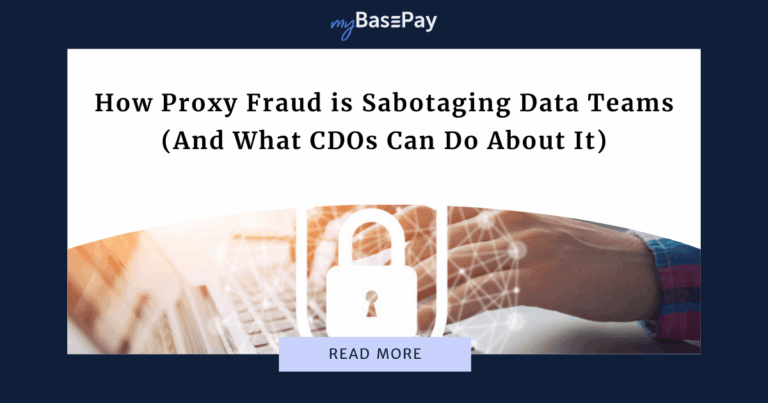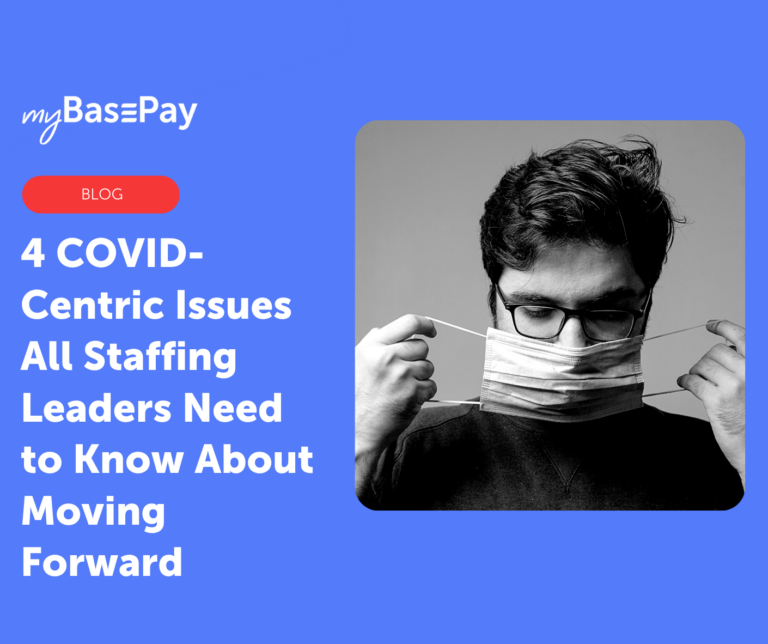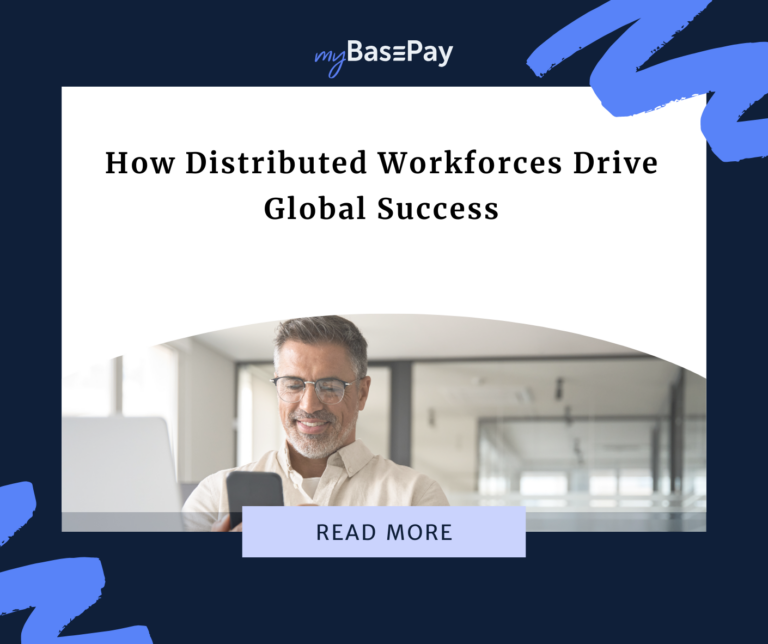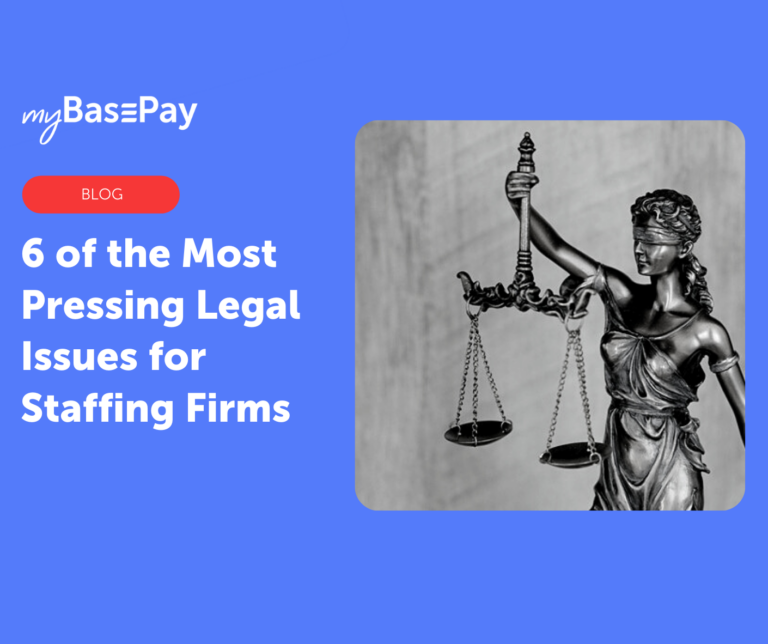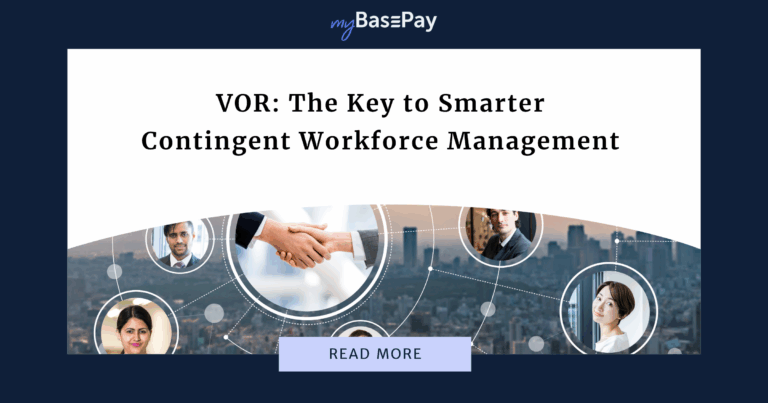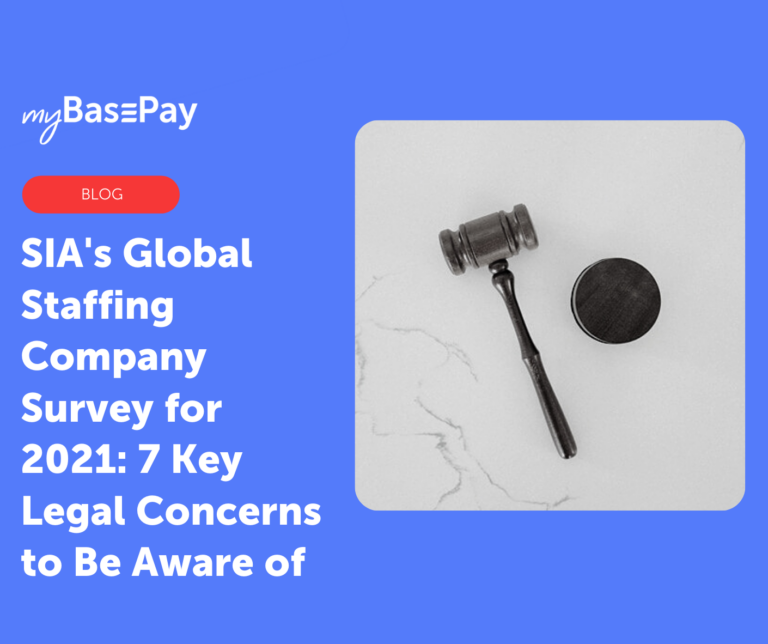Employee Misclassification: What It Is, Why It Matters and 3 Tips for Getting Things Right
In today’s work environment, more businesses are utilizing a mix of full-time W2 employees and 1099 contingent workers than ever before. While this can help companies become more agile and better suited for an ever-changing work world, it also introduces some new wrinkles into their back office operations — namely, in ensuring that all workers are properly classified.
Employee misclassification has become increasingly commonplace as more workers have chosen to become self-employed contractors who are operating their own independent business. From highly specialized IT professionals and accountants to virtual assistants and marketing specialists, a broad range of professional sectors are undergoing this transformation.
This dramatically changes how companies classify the individuals they employ, whether on a full-time or contingent basis. By understanding the pitfalls associated with employee misclassification and taking key steps to avoid them, your organization will be better equipped to successfully utilize the contingent workforce.
What Is Employee Misclassification?
Worker classification generally surrounds one issue: misclassifying someone who is in a W2 role as a 1099 contractor. 1099 contractors have far fewer employer responsibilities and costs associated with them, as they are not actually considered an employee of the company. This means that the company using their services is not required to provide payroll tax withholdings, health benefits and other protections.
Naturally, this means that utilizing 1099 contractors can be a significant cost-saving mechanism for businesses. However, depending on the scope of the work undertaken by a 1099 contractor, the government may consider them to be an employee, rather than an independent contractor.
Both unintentional and intentional misclassification can have significant consequences.
Why Your Business Should Care About Employee Misclassification
Misclassifying a W2 employee as a 1099 contractor is considered tax fraud. Under current standards, “If the IRS determines that an individual has been misclassified, it may levy penalties against the employer, including, but not limited to, a $50 fine for each Form W-2 the employer failed to file on such employee, a penalty of up to 3% of the wages, plus up to 40% of the FICA taxes that were not withheld from the employee and up to 100% of the matching FICA taxes the employer should have paid.”
It should be noted that these penalties can be invoked even for accidental misclassifications. Once one classification within an organization is overturned, it can produce a domino effect that spans for years, as these penalties are not subject to a time limit. Depending on the number of employees who were misclassified, the costs can be severely damaging to the business.
If the IRS determines that workers were intentionally misclassified as a form of tax evasion, the offending parties could even face jail time. In addition to official penalties, legal fees and lost time devoted to the legal case can completely devastate a business.
Getting It Right: Understanding Federal Guidelines
The first step to ensuring that your business doesn’t fall afoul of worker classification guidelines is to fully understand the independent contractor tests utilized by the IRS and the U.S. Department of Labor.
The IRS looks at three key categories: behavioral control (or the company’s ability to control how the worker does the job), financial control (which can include payment methods and the provision of supplies) and the type of relationship as defined by the organization’s written contracts. The presence of any employee-type benefits indicates a non-contingent relationship.
The Department of Labor looks at several different categories to determine whether an individual’s status is closer to that of an independent contractor or a traditional employee.
For example, independent contractors are paid upon project completion, provide their own materials, use their own equipment and have a temporary project-based relationship with the business. An employee, on the other hand, is paid an hourly or salary rate and uses company equipment in a continuous, ongoing relationship with the company.
In addition to these federal guidelines, several state agencies also have similar standards for defining the worker-employer relationship. Businesses should check with agencies for the states they operate in to ensure compliance with these worker classification tests.
Getting It Right: Designing Documentation to Clearly Define Status
Clearly defining an individual’s status as a W2 or 1099 employee is heavily dependent on the company’s documentation and processes. Companies should carefully review their employment agreements for 1099 contractors to ensure that the language reflects current guidelines for how contingent workers are defined.
The same is true of the company’s processes after a contract worker is onboarded. The “level of control” a company has over the worker is often a deciding factor in how the relationship is classified by the IRS or DOL. Processes should be designed so that the worker can maintain their independence in key facets such as where, when and how they perform their work.
Businesses should be thorough in designing documentation and processes, while keeping the need for a potential defense in mind. All documents and recorded processes should be designed so they will be of actual worth should you ever need to defend yourself in a legal misclassification case.
Getting It Right: Partner With an EOR
One of the most effective solutions for mitigating employee misclassification risk is to partner with an employer of record (EOR) such as myBasePay. An EOR is a third party that assumes the liabilities and responsibilities associated with the employment of contingent workers. Quite often, an EOR also assumes HR and payroll tasks.
An EOR is dedicated to staying abreast of federal, state and local guidelines that could determine how a company needs to classify its workers. While companies that still exert a degree of control over the workers hired through an EOR will often be recognized as a co-employer and maintain a degree of liability, outsourcing to a team of specialists who are fully dedicated to this area will significantly reduce risk.
Regulations related to contingent workers are likely to continue to change in the near future, as legislation surrounding gig apps like Uber and DoorDash is poised to further complicate classification. An EOR will help your organization stay up to date and fully compliant with any additional changes that might take place.
Author: Cesar Romero
Cesar is the Head of Marketing at myBasePay, where he’s responsible for overseeing the company’s content marketing, community, and partnerships strategy. He also co-hosts The Ivy Podcast where he interviews executives from Fortune 500 companies on executive leadership. When he’s not helping startups with marketing and community strategy, you can find him paying it forward by serving as a mentor for leading organizations like StartingBloc, Hive, and Global Citizen Year.
